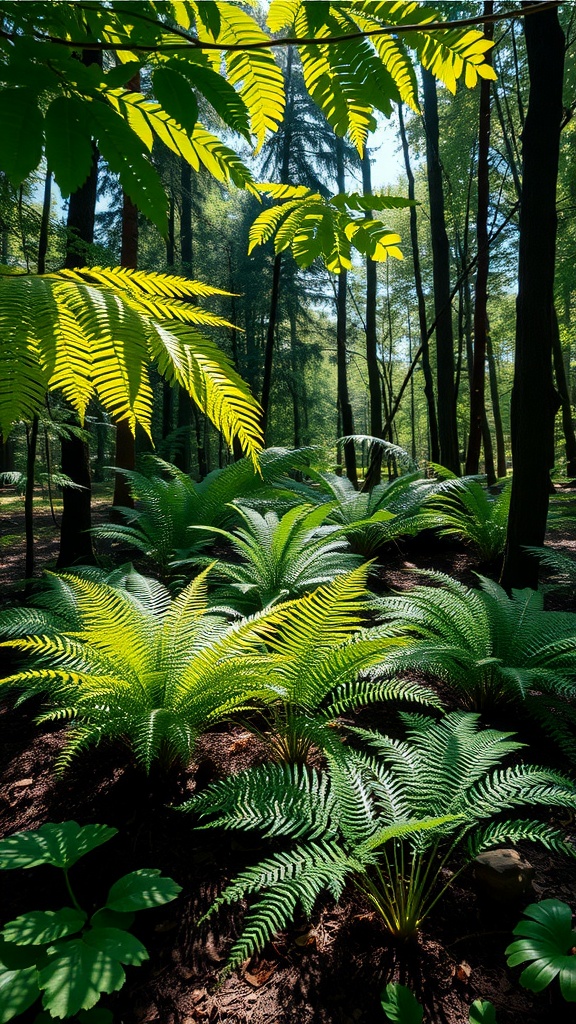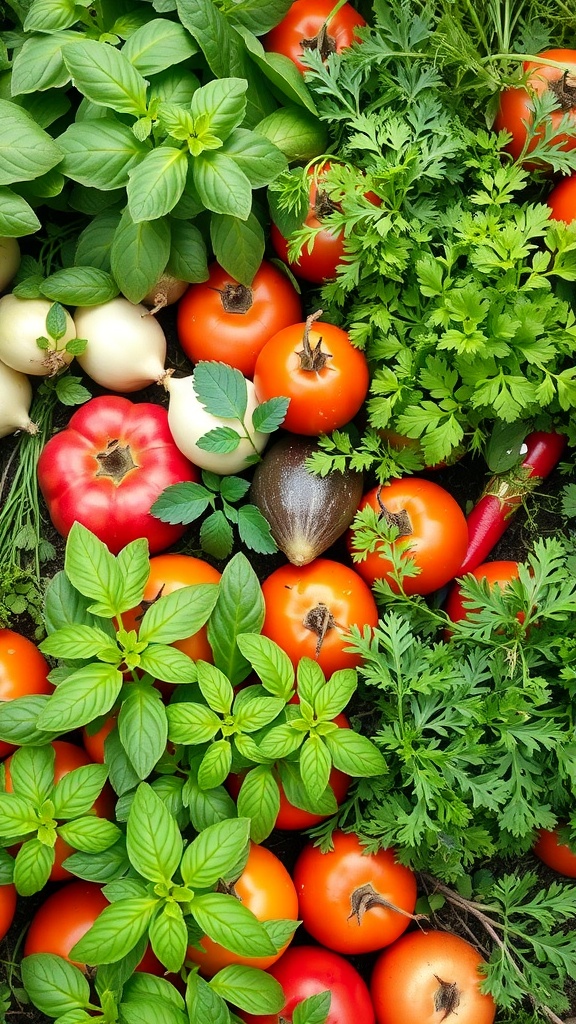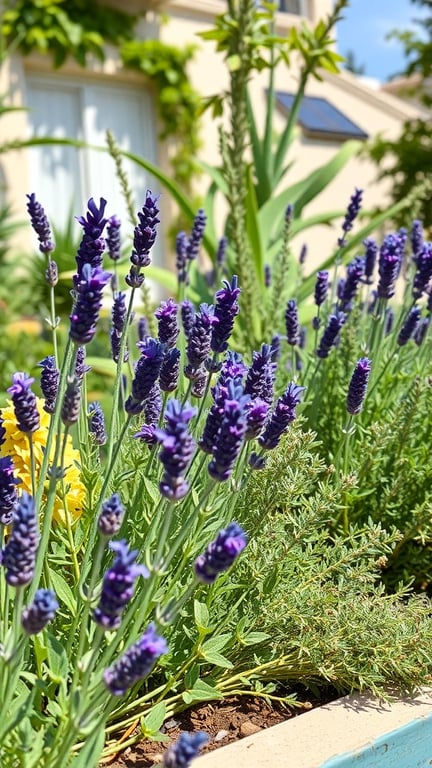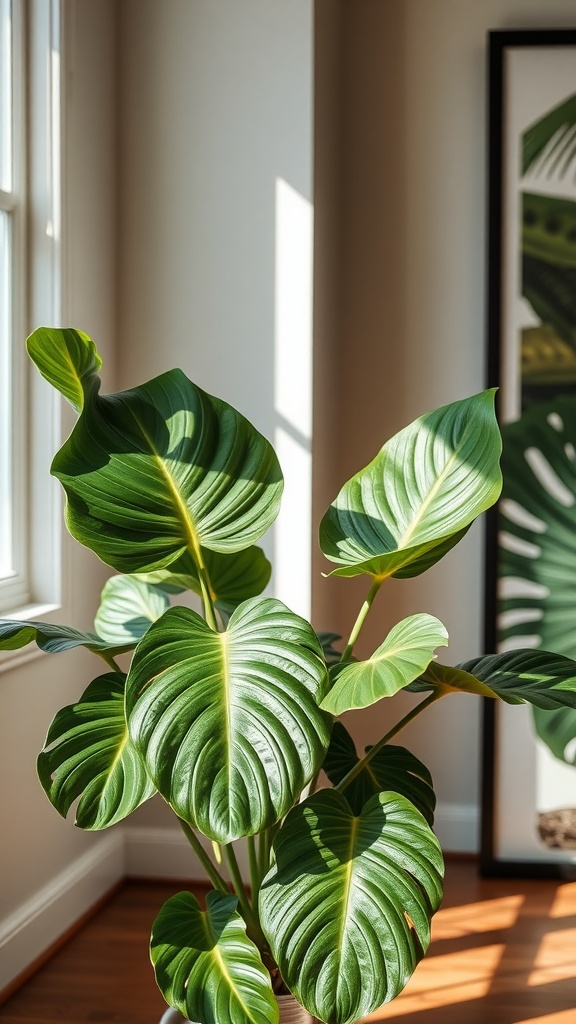11 Garden Mulching Ideas for a Lush, Low-Maintenance Landscape
Creating a beautiful outdoor living space doesn’t just depend on flowers and greenery—it also Replica Omega relies on the foundation you build beneath your plants. One of the most effective and stylish ways to elevate your garden’s health and appearance is through mulching. Mulch not only improves soil health but also enhances the cartier Replica uk overall look of your landscaping, tying in perfectly with modern back porch ideas, back porch decor, and chic outdoor living designs.
Whether you’re aiming for a fresh, modern vibe with sleek lines or a cozy cottage feel, choosing the right mulch makes replica omega watches all the difference. Let’s dive into 11 garden mulching ideas that are both functional and fabulous—each designed to help you create the garden of your dreams.
1. Bark Mulch
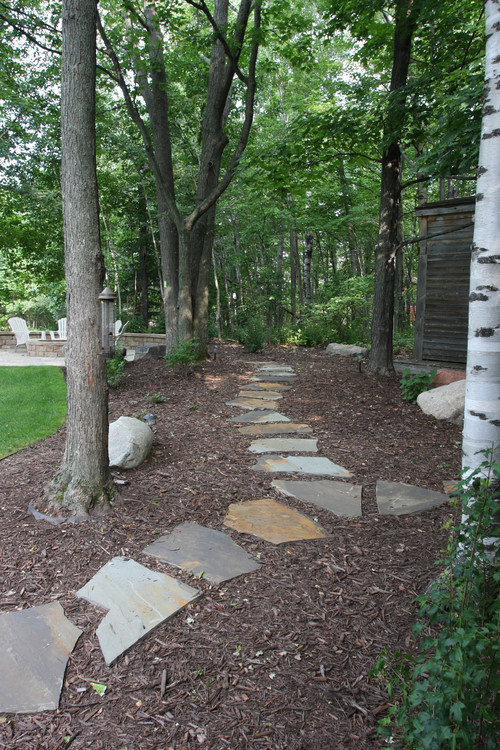
Bark mulch is a classic favorite, known for its natural appearance and rich, earthy tones. It’s an ideal choice for those looking to boost both the aesthetic appeal and soil health of their garden. Made from the outer layers of trees like pine, cedar, or hardwood, bark mulch breaks down slowly, enriching the soil over time.
This mulch type works especially well around trees, shrubs, and flower beds. It forms a protective barrier that helps retain moisture, suppress weeds, and regulate soil temperature. This makes it a practical addition for outdoor living areas where consistent plant health is important—especially around patios or modern back porches where you want low-maintenance landscaping.
Plus, bark mulch lends a sophisticated, textured look that pairs beautifully with modern patio furniture and back porch decor. It’s perfect for creating clean lines and a polished garden layout without needing constant touch-ups. You can even find it in varying textures, from fine to chunky, depending on your design preferences.
For an eco-conscious twist, look for bark mulch made from sustainably harvested or recycled wood. Not only will you be improving your garden’s functionality, but you’ll also be making an environmentally sound choice.
2. Straw Mulch
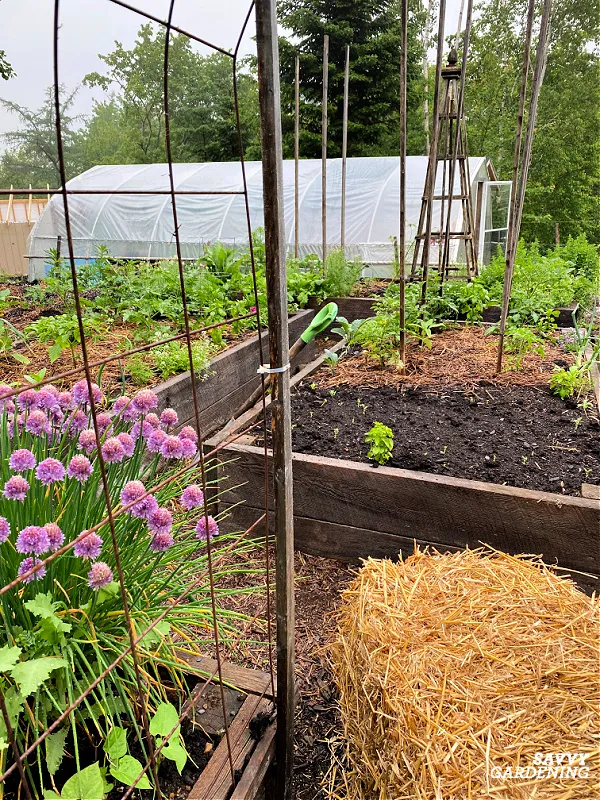
Straw mulch is a top choice for vegetable gardens and raised garden beds, thanks to its lightweight nature and nutrient-rich decomposition. Often overlooked in decorative gardens, straw can be surprisingly stylish when used strategically—especially in rustic or farmhouse-inspired outdoor living spaces.
This type of mulch decomposes quickly, adding essential organic matter to your soil. It also keeps weeds at bay and helps the ground retain precious moisture, especially during hot summer months. When combined with drip irrigation or soaker hoses, straw mulch creates a highly efficient watering system, ideal for those looking to cut down on maintenance.
Straw mulch also acts as a cushion, protecting tender seedlings from heavy rain or temperature swings. That’s why it’s a favorite among backyard gardeners and homesteaders. If you’re integrating vegetable beds near your modern back porch, straw mulch brings in that blend of function and form with ease.
Just be sure to use clean, seed-free straw (not hay, which often contains seeds that can sprout and cause problems). Wheat or oat straw are solid options that work well for most climates.
3. Cocoa Hull Mulch
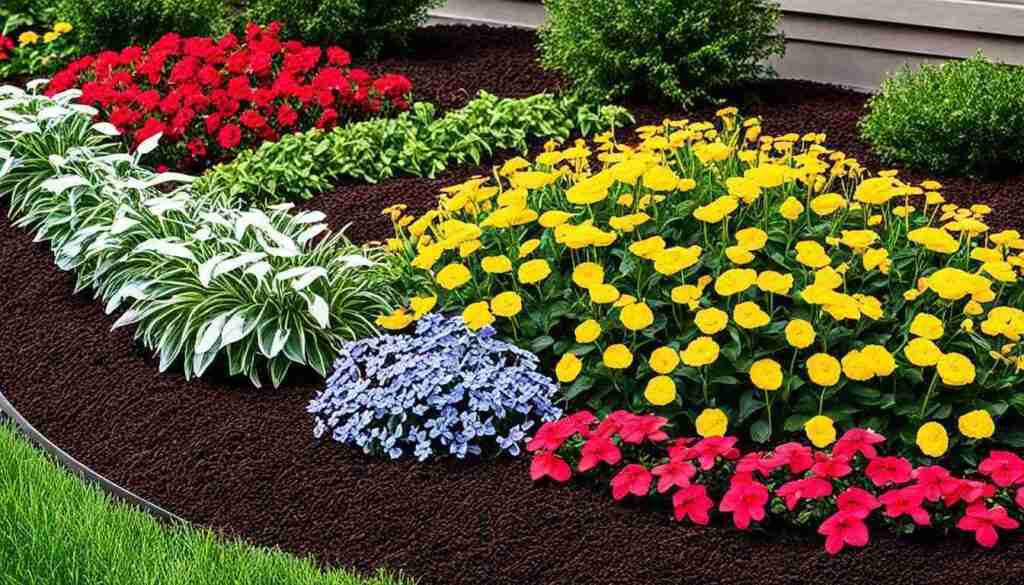
Cocoa hull mulch is a luxurious option for gardeners who love a bit of indulgence with their outdoor decor. Made from the shells of cocoa beans, this mulch has a rich, dark brown color and even emits a light chocolatey scent—perfect for creating a sensory-rich garden experience.
Its fine texture gives beds a manicured, upscale look, blending beautifully with modern patio furniture and sleek garden borders. This makes it an excellent choice for flower beds and decorative plantings near sitting areas, such as your back porch or outdoor lounge.
Cocoa hull mulch is also packed with nutrients, including nitrogen, phosphorus, and potassium. As it breaks down, it feeds your soil naturally. It retains moisture, suppresses weeds, and adds a uniform finish that can rival even the most premium bark mulches.
However, it’s important to note that cocoa hull mulch can be toxic to pets if ingested. So if you have dogs that love to dig or chew, this option might not be the best fit.
For homeowners who want to combine beauty, scent, and sustainability, cocoa hull mulch is a refined, garden-enhancing choice.
4. Pine Needle Mulch
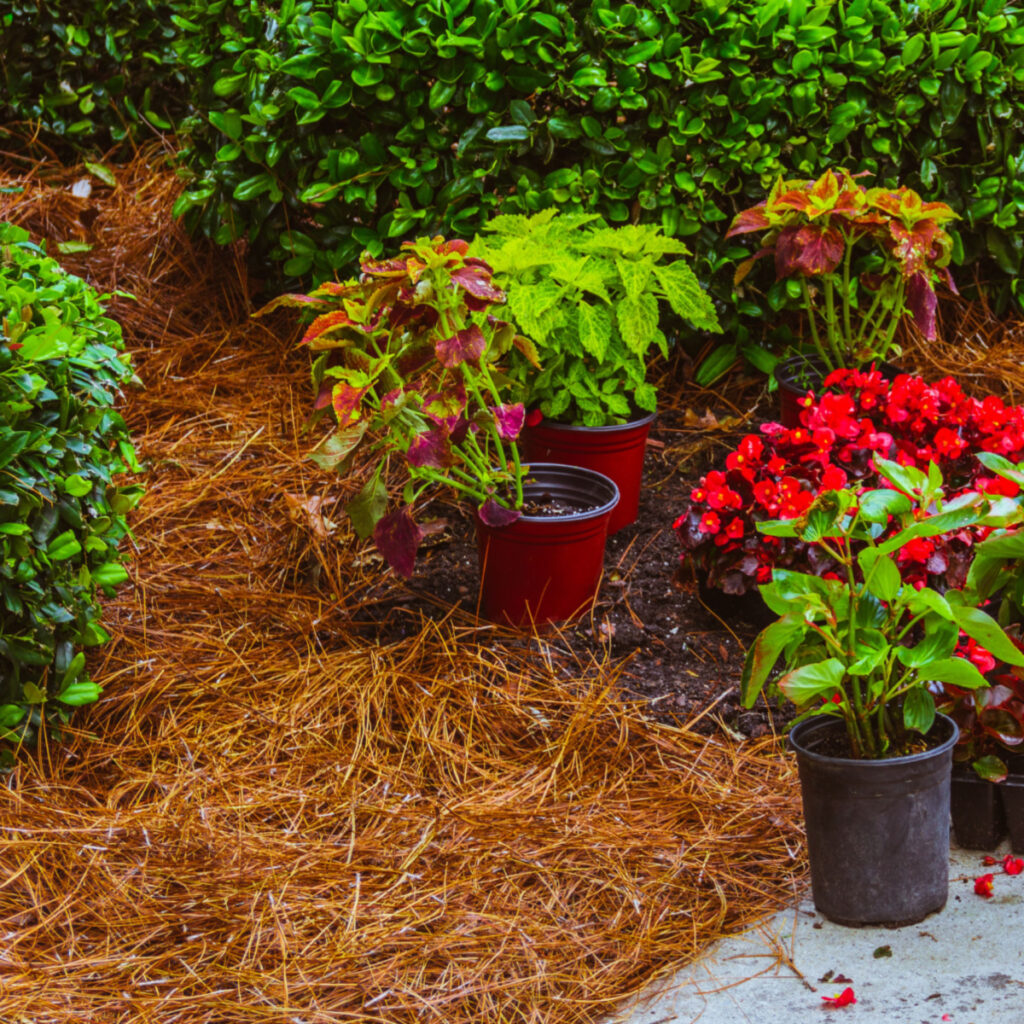
Pine needle mulch, also known as pine straw, offers a natural and affordable way to mulch garden beds—particularly those with acid-loving plants like azaleas, blueberries, and hydrangeas. It’s lightweight, easy to spread, and incredibly sustainable, especially if you have pine trees on your property.
What makes pine needles stand out is their ability to form a thick mat that naturally locks in moisture while resisting soil erosion. That makes them especially useful for sloped gardens or raised areas, where traditional mulches might slide or wash away.
Visually, pine needles give off a rustic woodland vibe that fits seamlessly into natural landscapes and Forestcore-inspired outdoor living spaces. Pair them with natural stone pathways or handcrafted wooden planters for a cohesive look.
Over time, as the needles decompose, they enrich the soil with organic matter. While they do slightly acidify the soil, this can be a benefit rather than a drawback—especially for certain perennials and shrubs.
Pine needle mulch is easy to maintain, long-lasting, and a great complement to modern back porch ideas that emphasize eco-friendly gardening.
5. Rubber Mulch
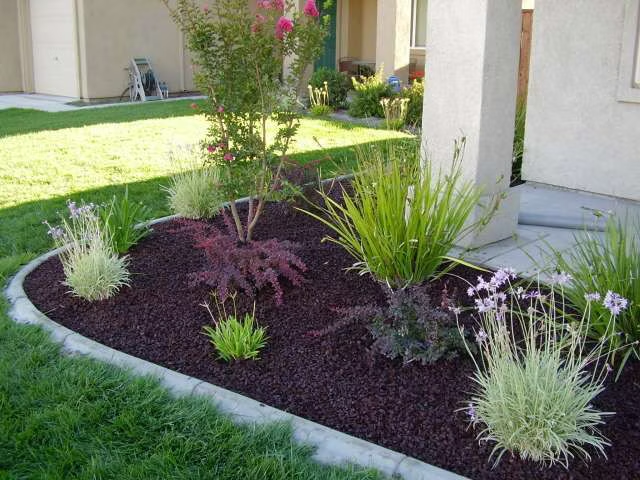
For a truly low-maintenance and long-lasting mulching solution, rubber mulch is a top contender. Made from recycled tires, rubber mulch doesn’t decompose, which means it can last for years without needing to be replaced.
Its durability makes it ideal for high-traffic areas, playgrounds, or around walkways and patio edges. With a variety of colors—ranging from classic brown to bold red and even black—it can be matched to your garden’s color scheme and modern back porch decor.
Rubber mulch provides excellent weed suppression and moisture retention while giving a clean, tidy appearance to flower beds and borders. It also resists mold and fungus, making it a great option for wetter climates or shaded areas where traditional mulch might decay.
Because it’s heavier than organic mulch, rubber mulch won’t blow away in the wind—another plus for open spaces or exposed gardens.
However, it doesn’t add nutrients to your soil, so you may need to supplement with compost or organic fertilizers. But if you’re going for a polished look and want to minimize upkeep, rubber mulch delivers both style and staying power.
6. Compost Mulch

Compost mulch is the ultimate win-win for gardeners who want to feed their plants and mulch at the same time. Made from decomposed organic materials like food scraps, yard waste, and manure, compost enriches the soil with a powerful dose of nutrients.
Spread a 2- to 3-inch layer of compost mulch around your plants, and you’ll immediately see improvements in soil texture, water retention, and plant vitality. It’s a great option for both ornamental gardens and edible landscapes, especially if you’re looking to integrate raised garden beds into your outdoor living design.
Because compost is rich and dark, it also offers visual appeal—providing a beautiful contrast to green foliage and colorful blooms. You can use it in combination with bark or straw mulch for added longevity and aesthetic appeal.
Compost mulch is also a sustainable solution, particularly if you make your own at home. It reduces food waste, supports healthy microbes in the soil, and improves long-term plant resilience.
Whether you’re dressing up your flower beds or lining a garden path next to your modern back porch, compost mulch adds beauty, functionality, and eco-conscious benefits all in one.
7. Gravel Mulch
Source
Gravel mulch brings a sleek, modern edge to your garden—making it a standout choice for those who love clean lines and minimal upkeep. Often seen in contemporary landscaping, gravel complements everything from modern back porch ideas to high-end outdoor living designs.
Gravel mulch doesn’t break down over time, so it’s incredibly durable. It also allows for excellent drainage, making it ideal for succulents, cacti, and drought-tolerant plants. For homeowners in arid climates or those using xeriscaping principles, gravel mulch helps reduce water usage while still offering visual appeal.
Available in a wide range of sizes, shapes, and colors—from polished river rocks to crushed granite—you can easily match gravel to your patio furniture, walkway designs, or back porch decor. It also doubles as a weed barrier when paired with landscape fabric, keeping your garden tidy with minimal effort.
However, gravel does absorb heat, so it’s best used around plants that thrive in warm conditions. It’s not ideal for vegetable gardens but works wonderfully in decorative beds, rock gardens, or around fire pits and sitting areas.
For an extra modern touch, use black gravel or slate chips to create contrast with lush greenery and bold architectural planters.
8. Leaf Mulch
Source
Leaf mulch is one of the most accessible and eco-friendly mulching options available—especially during fall when leaves are in abundance. This mulch consists of shredded or chopped leaves that create a nutrient-rich layer ideal for flower beds, vegetable gardens, and around shrubs.
Leaf mulch excels at moisture retention, temperature regulation, and improving soil structure over time. As it decomposes, it attracts earthworms and beneficial microbes that aerate and enrich the soil naturally. It’s an excellent choice for homeowners who are committed to sustainable, chemical-free gardening.
From a design standpoint, leaf mulch lends a soft, natural texture that blends beautifully with cottage-style gardens or rustic outdoor living themes. It pairs especially well with stone pathways, handmade raised beds, or forest-inspired back porch ideas.
The key is to shred the leaves before applying them—whole leaves can mat down and block air and water. Use a mulching mower or leaf shredder for best results.
If you’re looking for an inexpensive, earth-friendly mulch that boosts soil health while fitting seamlessly into your garden aesthetic, leaf mulch is a top contender.
9. Living Mulch (Ground Covers)
Source
Living mulch takes a completely different approach—it involves using low-growing ground cover plants in place of traditional mulching materials. These living layers suppress weeds, conserve moisture, and add year-round interest to your landscape.
Popular choices for living mulch include creeping thyme, clover, sedum, and sweet woodruff. These plants act as a living carpet, thriving beneath trees, around garden beds, or even between stepping stones. Many are low-maintenance and drought-tolerant, making them perfect for busy homeowners or those designing an eco-friendly backyard retreat.
Beyond their practical benefits, ground covers offer aesthetic appeal. Imagine vibrant green creeping thyme spilling over stone borders or flowering clover softening the edges of a gravel path—it’s a beautiful way to blend function and form.
Living mulch is also a great solution for sloped areas or awkward spaces where mulch might blow away or erode. It complements modern patio furniture and natural landscaping, especially in outdoor living spaces with a focus on sustainability and softness.
While it may take time to establish, living mulch rewards patience with beauty, biodiversity, and long-term garden health.
10. Cardboard and Newspaper Mulch
Source
For those who love upcycling and eco-friendly gardening, cardboard and newspaper mulch is a practical, cost-effective solution that gets results. It may not sound glamorous, but this method works wonders in suppressing weeds and improving soil health.
Start by laying down sheets of plain cardboard or several layers of black-and-white newspaper (avoid glossy or colored pages). Wet them thoroughly and cover with a top layer of compost, straw, or bark mulch to hold everything in place and improve appearance.
This mulching method blocks sunlight from reaching weed seeds while slowly decomposing to feed your soil. It’s a great base layer for new flower beds or vegetable gardens, particularly if you’re transitioning a lawn or weedy area.
Design-wise, cardboard and newspaper are hidden beneath more decorative mulch layers, so they don’t interfere with your outdoor decor. Instead, they work behind the scenes to create a rich, fertile base that supports plant growth and reduces your garden chores.
If you’re refreshing your back porch landscaping or creating a cozy raised bed nook near your patio, consider starting with this hidden mulch layer. It’s an easy, affordable way to jumpstart your garden goals.
11. Colored Wood Chips
Source
Colored wood chips are a bold, decorative option for gardeners looking to make a visual statement. Available in red, black, brown, and even gold hues, these dyed chips can be coordinated with your modern patio furniture, garden accessories, or overall outdoor living color palette.
They offer all the same benefits as regular wood mulch—weed suppression, moisture retention, and temperature control—but with added flair. The uniform color and texture provide a clean, contemporary look, ideal for framing garden beds, trees, or lining pathways.
Colored mulch also helps define garden zones. Use black mulch for a sleek, modern effect around your back porch, or go with red to warm up earthy brick patios and wooden decks. It’s a great way to visually connect your landscaping with the style of your home exterior.
However, it’s important to use high-quality, non-toxic dyes—especially if pets or children play in the yard. Look for mulches labeled as pet-safe and sourced from untreated wood to ensure garden safety.
With minimal maintenance and maximum visual impact, colored wood chips are a perfect fit for homeowners who want their garden to feel as polished and stylish as their indoor decor.
Conclusion: Choose the Mulch That Matches Your Garden Goals
When it comes to creating a lush, vibrant garden that complements your lifestyle and outdoor decor, mulch is more than just a practical necessity—it’s a design choice. From the rustic charm of pine needles to the bold flair of colored wood chips, each type of mulch offers its own unique set of benefits for enhancing soil health, reducing maintenance, and elevating curb appeal.
Whether you’re refreshing your flower beds, installing raised garden beds, or framing a cozy outdoor seating area with modern patio furniture, the right mulch helps pull everything together.
Remember to consider your climate, garden goals, plant types, and overall design aesthetic when choosing your mulch.
With these 11 garden mulching ideas in your toolkit, you’re well on your way to cultivating a backyard that’s not only beautiful but also sustainable, low-maintenance, and tailored to your unique outdoor living style. Happy gardening!
